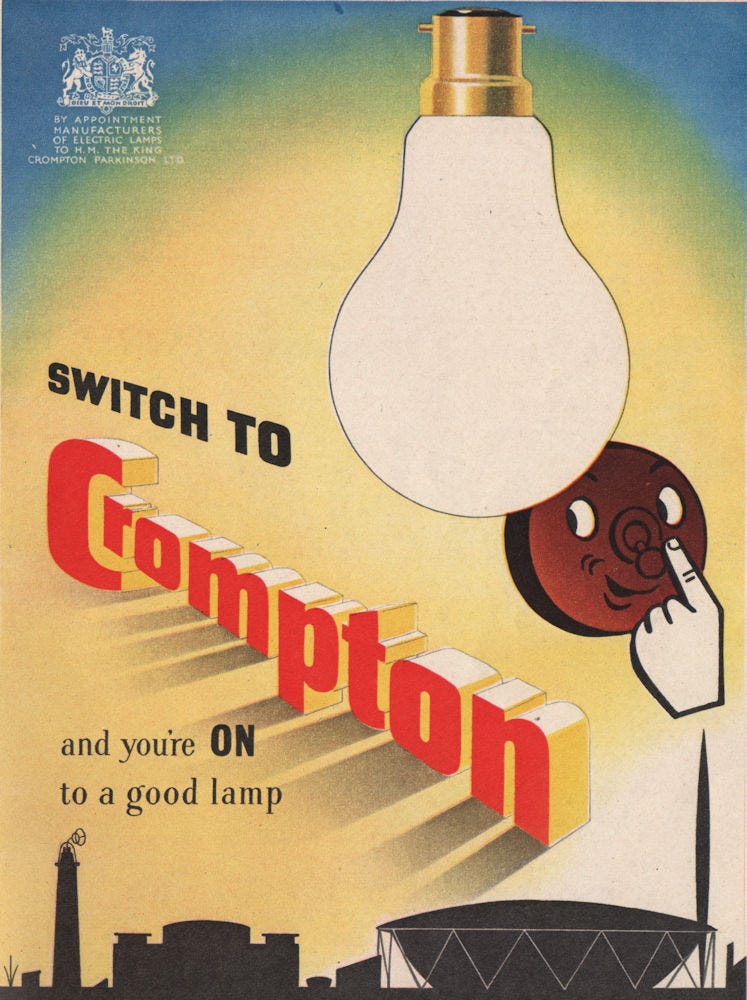one
Last year I inherited a plastic-bagful of bluebell bulbs from my friend, who had to clear them out to make way for a new path and decking. Pale and plain looking, they tumbled from the bag to my lawn like magnified grains of sand. Together they lay, unaware of who was larger or smaller, who had more roots or not. A gathering of albino, wannabe radishes.
Gardening is a chore I enjoy, but it is a chore for me nonetheless... and it is therefore done far less often than needed. I should say, I really did have a vision for our front garden, but it was rapidly overtaken by the chaos-gardening applied by my boyfriend — a dozen packets of wildflower seed strewn in minutes. Admittedly, they look beautiful for 6-8 weeks of the year – instagrammable – so I think it's likely a battle I wasn't meant to win...
...likely.
But, back to the blubes. I knew they could neatly fit in the (only) unwilded area next to the fence, where I romanticised the curly frocks of purpling-blue, the masts of green against our cedar fence in early Spring. Scrape, scrape, I dug a woeful, meandering trench, yet I lowered each bulb with the utmost ceremony. Soil sprinkled, pat, tap, pat. In they tucked to the dark of the earth.
An oath of sorts is made in the planting of bulbs: only the plantee and the plant know of their exact location, possibly even their existence. A delightful secret which one forgets and remembers often in the months leading up to Spring. Just as I like to blink at my cat in recognition of a quiet moment, and revel in his slow blink in return, I looked to the fence and imagined the bulbs settling: roots splaying like tutus, invisible processes whirling inside their creamy spheres.
It's been some weeks now since the green appeared. I smiled, for even in in my anticipation, they had sprouted without me noticing straightaway. I wondered how long their shoots had been above ground — did it feel nice to be in the breeze? Amongst winged creatures: the beetles and birds, rather than the wiggling snout of an earthworm each morning?
The flowers are yet to bloom. A strange fog has hung the last two days. It made the night meek; a washed-out black, contrast and outlines disappeared by the streetlight blended haze. The day was without horizon: grey, whiteish. I hope they knew it was coming. I hope they are waiting to surprise me with their purples as the fog is burnt away tomorrow by a precocious, orange sunrise.
two
Our downstairs bathroom light had been flickering for months. I saw it – and felt it too – that throbbing of a fading bulb: stuttering to get going, a monumental effort to stay on.
I looked for another bulb from somewhere else around the house, from one of the upstairs rooms still awaiting its useful purpose. You should know, this place wasn't left wanting for artificial light. Most ceilings had at least two pendant fittings when we moved in. A lot of them now hang bare, no bulb, no shade. It may be a protest on my part, subconsciously, as, for my sins, I am "one of those people" who hates bright indoor light. I feel the angles of it. This colour between cream and white that casts shadows on faces that shouldn't be seen. No one really looks that tired.
I took the bulb to the bathroom for its relocation, and it began to falter too. Both, it seemed, were on the way out.
Downstairs, where the partly-renovated house is "finished", we now have spotlights. I've never counted them, but my son revels in the task at the moment: "Seven, Mum!" — and that's just the kitchen.
All this light from above, but I can't bear it. So below are these lamps, dotted around the place. Knee-level, waist-level. Hidden behind plant pots to split the beams with shadows of stems and leaves. I breathe a little easier when those lamps are on, instead of the ceiling lights. I breathe the deepest when everything is off, though — blinded into redundancy by the sun.
*
Do you know of the Phoebus Cartel? The infamous meeting of lightbulb manufacturers in the early 20th Century? They all met to address a "crisis" facing them and their products: they were too good. The bulbs lasted too long. People would buy their bulbs and not need to get new ones for years.
So at this meeting, they agreed to all collectively redesign their bulbs, shortening the lifespan. Increasing the amount of times people needed to replace them. Increasing their sales.
Most acknowledge this as the first account of "planned obsolescence" — the process of designing in faults purposefully to generate a quicker turnaround of products.
I eventually bought a bulb for that bathroom the other day, and without realising, it was a much softer, yellowy glow. A relief. Yet, how long will it last me, I wonder? Seeing as one hundred years ago, a cluster of money-bent hands wrote its fate long before it came into existence.
Maybe that bulb had simply had enough — those flickers a pulsing rage, fuelled by years of its companions fading before their time.
The bluebells still haven't flowered.
The fog did lift, though.





